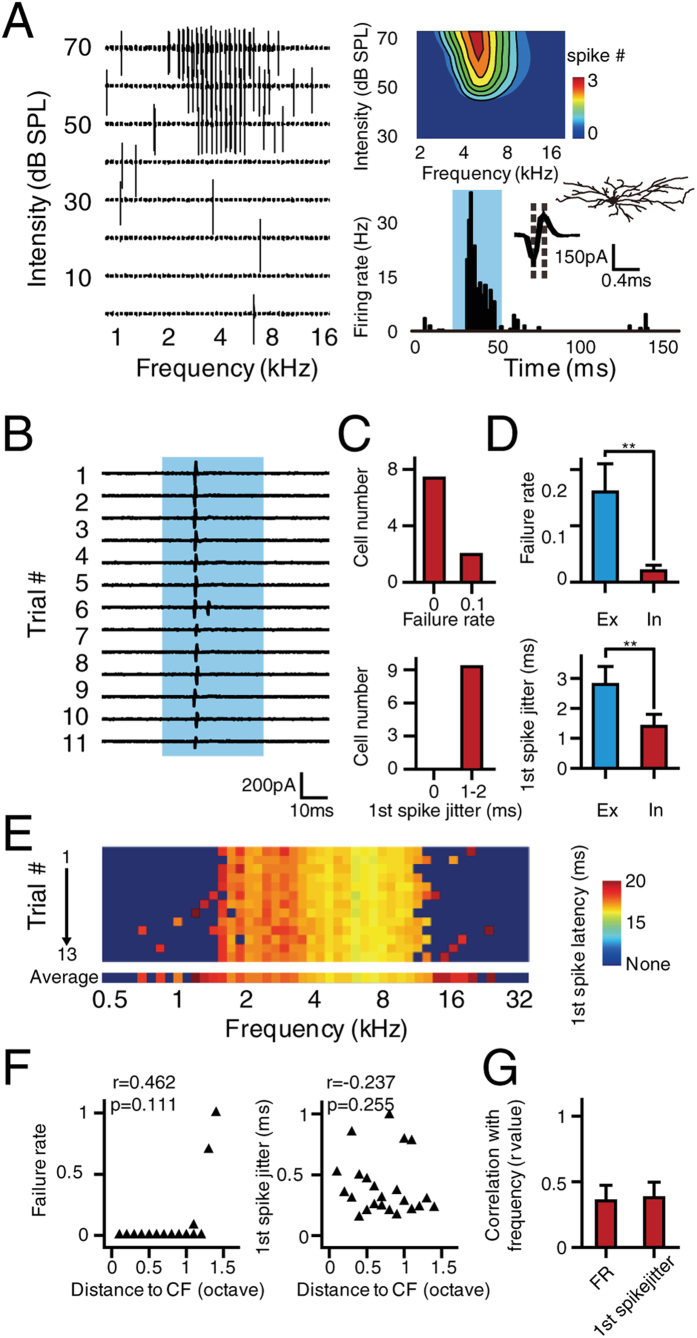Figure 5. Spike variation of inhibitory interneurons.
(A) A representative TRF recorded from an inhibitory interneuron in A1. Left, raw spike TRF from one trial. Each small trace in the TRF represents the spike response (50 ms window) evoked by a pure tone. Right, TRF of the averaged spike response (upper), peristimulus time histogram (lower), and superimposed spike waveforms (inset). The shaded area indicates the presence of the pure tones. Dashed lines indicate the trough-to-peak interval. The cell morphology, as reconstructed by biocytin histology, is shown in the corner. (B) Spike responses to the presentation of a pure tone at the CF (20 dB above threshold) that were recorded from eleven repetitions. The shaded area indicates the presence of the pure tones. (C) The distribution of response FR (upper) and 1st spike jitter (lower) to repetitive pure tone stimulation at the CF (20 dB above threshold) from 9 inhibitory interneurons. (D) Comparison of FR (upper) and 1st spike jitter (lower) between excitatory and inhibitory neurons. **p < 0.001. Excitatory neurons, n = 27, inhibitory neurons, n = 9. (E) Thirteen trials of complete spike responses to pure tones (0.5–32 kHz) represented by the latency of the first evoked spike. (F) Scatter plot of the distance to CF versus FR (Left) and 1st spike jitter (Right), based on statistics from the representative neuron shown in (E). (G) Pearson correlation coefficient measured between the FR, 1st spike jitter and the relative distance to CF from 9 inhibitory interneurons. Bar, S.D. p = 0.484, using Fisher’s Z-transformation.

